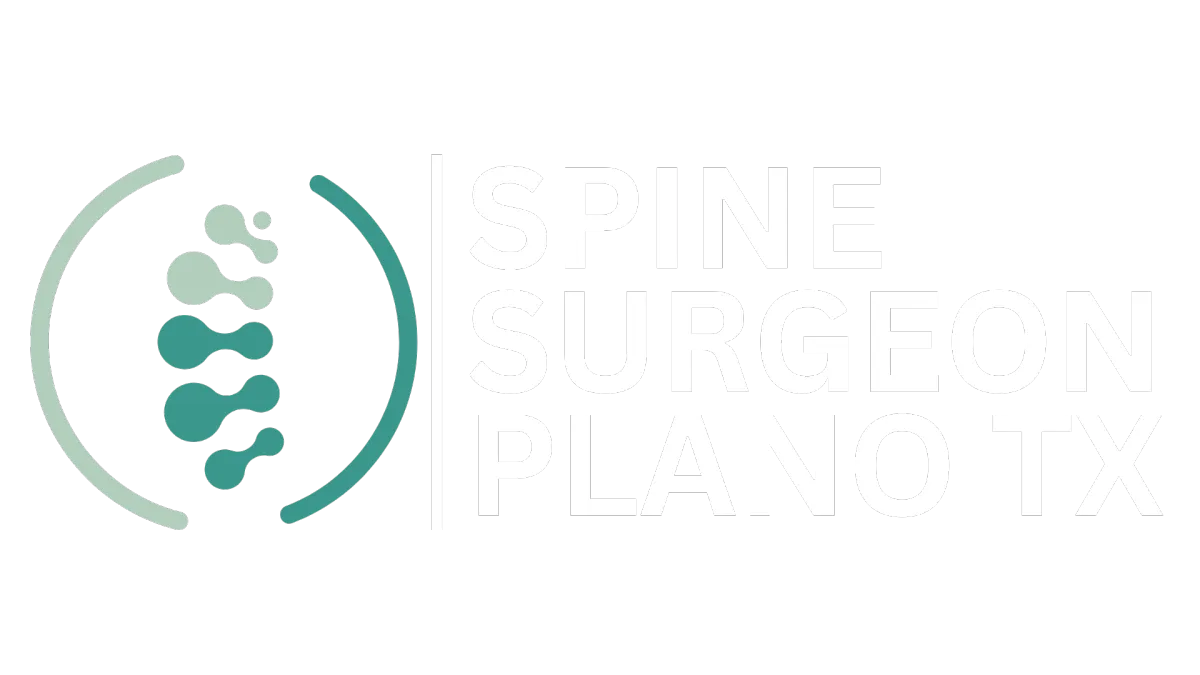
Spine Fusion Disease Spine Doctor Plano TX: Treating Chronic Pain After Spinal Fusion with Advanced Evaluation and Care
Image sourced from Canva
Spinal fusion surgery is a powerful treatment option for many chronic back conditions, but not every outcome goes as planned. For some patients, new or recurring symptoms arise after the procedure, commonly known as spine fusion disease. When that happens, it's time to consult a qualified spine fusion disease spine doctor Plano TX, who can accurately evaluate the cause and provide targeted solutions. This condition may involve hardware problems, nerve compression, or incomplete fusion. At Minimally Invasive Neurosurgery of Texas, patients receive thoughtful, evidence-based care from a team specialising in post-fusion complications.
What Is Spine Fusion Disease?
Spine fusion disease is an umbrella term for ongoing back pain or neurological symptoms that emerge after a spinal fusion. While the goal of fusion surgery is to stabilize the spine and relieve pain, the outcome isn’t always perfect. Pain may persist or worsen due to stress placed on adjacent spinal segments, failed fusion, or nerve irritation. A skilled spine fusion disease spine doctor Plano TX will assess whether these complications are at play. The first step is identifying the exact cause of symptoms through in-depth evaluation and imaging.
Signs of a Failed Back Fusion Syndrome Plano TX Case
One of the most common reasons people return for evaluation is the onset of failed back fusion syndrome. This occurs when pain continues for months after the surgery or returns after a period of improvement. Symptoms may include aching or stabbing back pain, leg numbness, tingling, or weakness. The causes are varied: the bones may not have fused completely, the spine may be misaligned, or scar tissue may have formed around nerves. For patients experiencing these symptoms, a spine fusion disease spine doctor Plano TX can determine if failed back fusion syndrome Plano TX is the underlying issue.
Treatment varies depending on the diagnosis. Some patients may benefit from medication, injections, or physical therapy, while others may need revision surgery. At Minimally Invasive Neurosurgery of Texas, these decisions are made carefully and only after a full review of prior imaging and clinical history.
Why You Need a Precise Fusion Related Pain Evaluation Plano TX
When pain persists after a fusion, accurate diagnosis is critical. A thorough fusion related pain evaluation Plano TX involves advanced imaging such as MRI, CT scans, and diagnostic injections. These tools help the doctor determine whether pain comes from the fused area, an adjacent disc, or surrounding nerves. Sometimes, the source of pain is subtle and requires a skilled eye to identify.
That’s where the expertise of a spine fusion disease spine doctor Plano TX makes the difference. At Minimally Invasive Neurosurgery of Texas, each evaluation is detailed and methodical, helping avoid misdiagnosis or unnecessary repeat surgeries. Conservative treatments can often be started quickly once the actual cause is understood.
Managing and Preventing Spine Hardware Complications Plano TX
Another common source of post-fusion pain involves hardware issues. Spine hardware complications Plano TX patients report may include loose screws, shifting rods, or broken implants. These problems can lead to localized pain, inflammation, or irritation of surrounding nerves. X-rays and CT scans often confirm whether the hardware has failed or changed position.
When such complications are found, your doctor will determine whether a hardware revision is needed. Not all issues require removal—sometimes, the pain can be managed with injections, physical therapy, or bracing. However, in some situations, revision surgery may be the safest route. A spine fusion disease spine doctor Plano TX, like those at Minimally Invasive Neurosurgery of Texas can help you weigh these options.
Personalized Care from a Spine Fusion Disease Spine Doctor Plano TX
Treatment for spine fusion disease must be tailored to the patient’s condition, health history, and previous surgical outcome. Many patients start with nonsurgical treatments such as nerve blocks, epidural injections, physical therapy, and neuromodulation. Others may require surgical solutions like decompression, hardware revision, or refusion with better alignment.
A team with experience, precision, and access to the latest technology should guide your path forward. At Minimally Invasive Neurosurgery of Texas, patients are never given a one-size-fits-all answer. Every plan is built from a full clinical picture, and every decision aims to reduce pain while preserving as much function as possible.
Why Choose Minimally Invasive Neurosurgery of Texas
When dealing with a condition as complex as spine fusion disease, patients need access to top-tier specialists and the latest in diagnostic imaging. At Minimally Invasive Neurosurgery of Texas, patients receive both. Their team is known throughout Texas for combining surgical skills with a minimally invasive approach, meaning less tissue damage, faster recovery, and fewer complications.
Whether you’re dealing with failed back fusion syndrome Plano TX, need a complete fusion related pain evaluation Plano TX, or have symptoms related to spine hardware complications Plano TX, this clinic offers advanced solutions and compassionate care. They don’t just treat the spine—they treat the whole patient.
Living with pain after spine fusion surgery can be frustrating and exhausting, but it doesn’t have to be permanent. A trusted spine fusion disease spine doctor Plano TX can identify the source of your pain and guide you toward the right solution. With access to advanced diagnostics and personalized treatment plans, patients can overcome complications like failed back fusion syndrome Plano TX, get a thorough fusion related pain evaluation Plano TX, and address even the most stubborn spine hardware complications Plano TX. Expert hands guide your path to recovery at Minimally Invasive Neurosurgery of Texas, making a significant difference.

